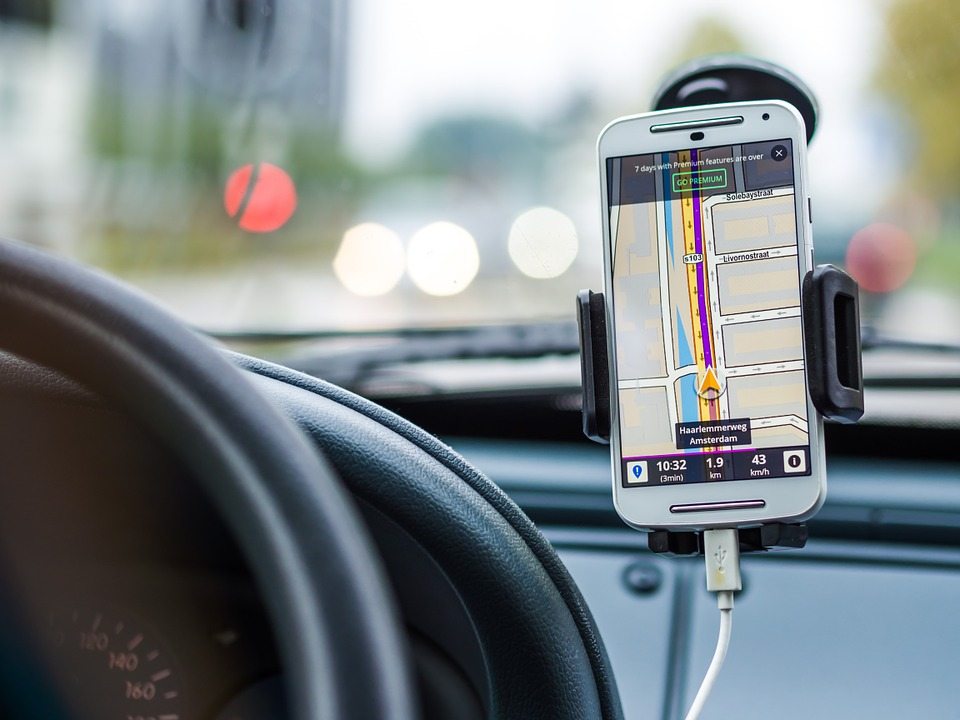
Artificial intelligence (AI) has seen mass adoption over the last four years, and has vastly disrupted the home. We’ve seen the social acceptance of placing “always on” devices in our homes, and we’ve connected anything and everything that we can to the Internet of Things (IoT). Smart home technology has made us more efficient, at least when viewed at a glance.
The industry is new, and growing with no signs of stopping. The impact smart home technology has had on the home over
that past five years has been significant, and it’s only the beginning. I can’t help but wonder, what will the next five years bring? I think the home of the immediate future will look a lot different from the homes we live in today.
Here’s where I think the development of AI will impact the home the most over the next five years.
New Construction

New homes being built today and over the next few years will reflect the smart new world. The internal wiring will be set up to support smart lights; the doors will be installed with smart locks; video doorbells will be wired to the front of the house; brackets for security cameras will be installed; garages will be built with smart door openers; auto-tinting windows will be optional, along with smart blinds. Even if the smart technology doesn’t come standard with the new home, the construction will allow for the inclusion of smart home products post-sale.
Mobile and Car Integration
When I get in my car in the morning, or after work, my mobile phone gives me a prompt that tells me how long it will take to get home using the most efficient route. How does it know I’m going home? It’s just using GPS data to predict the most likely place I will go from my current location, based on past trips. Imagine this integrating with smart home technology, and prompting you to, say, activate your “winter evening” or “summer evening” scene, which will turn on your heating or air conditioning, turn on your porch or garage light, and maybe even pre-heat your oven for dinner.
Grocery Shopping
You can already build shopping lists using the Amazon Echo and its digital assistant, Alexa, and then purchase the items on your list through Amazon. Amazon has also recently started a service called Amazon Key, which lets delivery drivers access your home to place boxes inside. These two services combined will certainly give brick and mortar grocery stores a run for their money. In the next five years, we’ll be able to build our grocery list hands-free, place the order through AmazonFresh, and have the items not only delivered, but brought into our homes and put in the kitchen or fridge.
Health and Wellness Integration
There are already products that can track your health and wellness, such as wearables and sleep trackers. As the future approaches, connected furniture, toilets and wearables will be able to sync with your medical profile and provide your healthcare provider with information about your health and wellness.
Facial Recognition
Smart home devices are already release updates to their voice-controls that actually allow the digital assistants to learn and distinguish between individual voices. Apple’s premium iPhone model was released with facial recognition for unlocking phone, as an evolution of the fingerprint recognition. In the coming years, we’ll see smart home products start to experiment with facial recognition to do things like unlock doors, set home temperatures, and play an individual’s playlist.
For more on our thoughts about the artificial intelligence takeover read Questions I Feel Like I Need to Ask About Artificial Intelligence.








